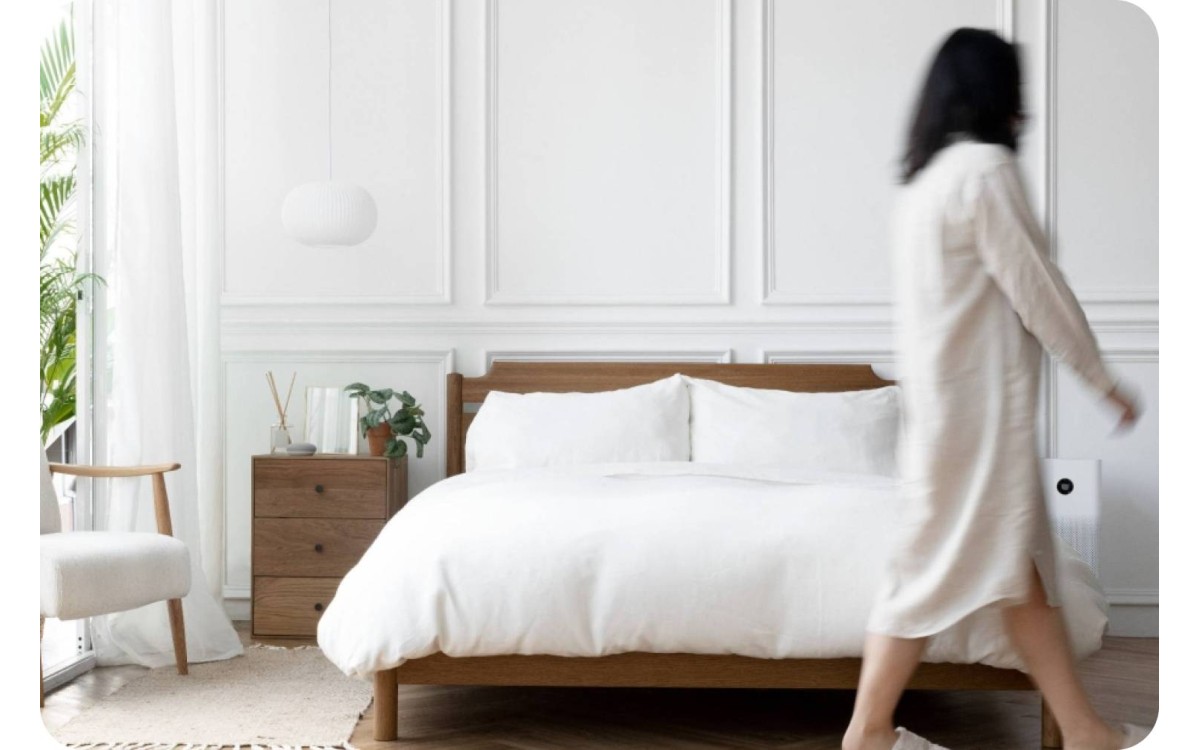In today's world, maximizing the feeling of spaciousness within our homes and workplaces is a paramount concern. Whether you're dealing with a compact apartment in the heart of Singapore or aiming for an airy ambiance in a smaller office, the clever use of design can significantly impact how we perceive the size of a room. One increasingly popular and versatile tool in achieving this spatial illusion is interior film.
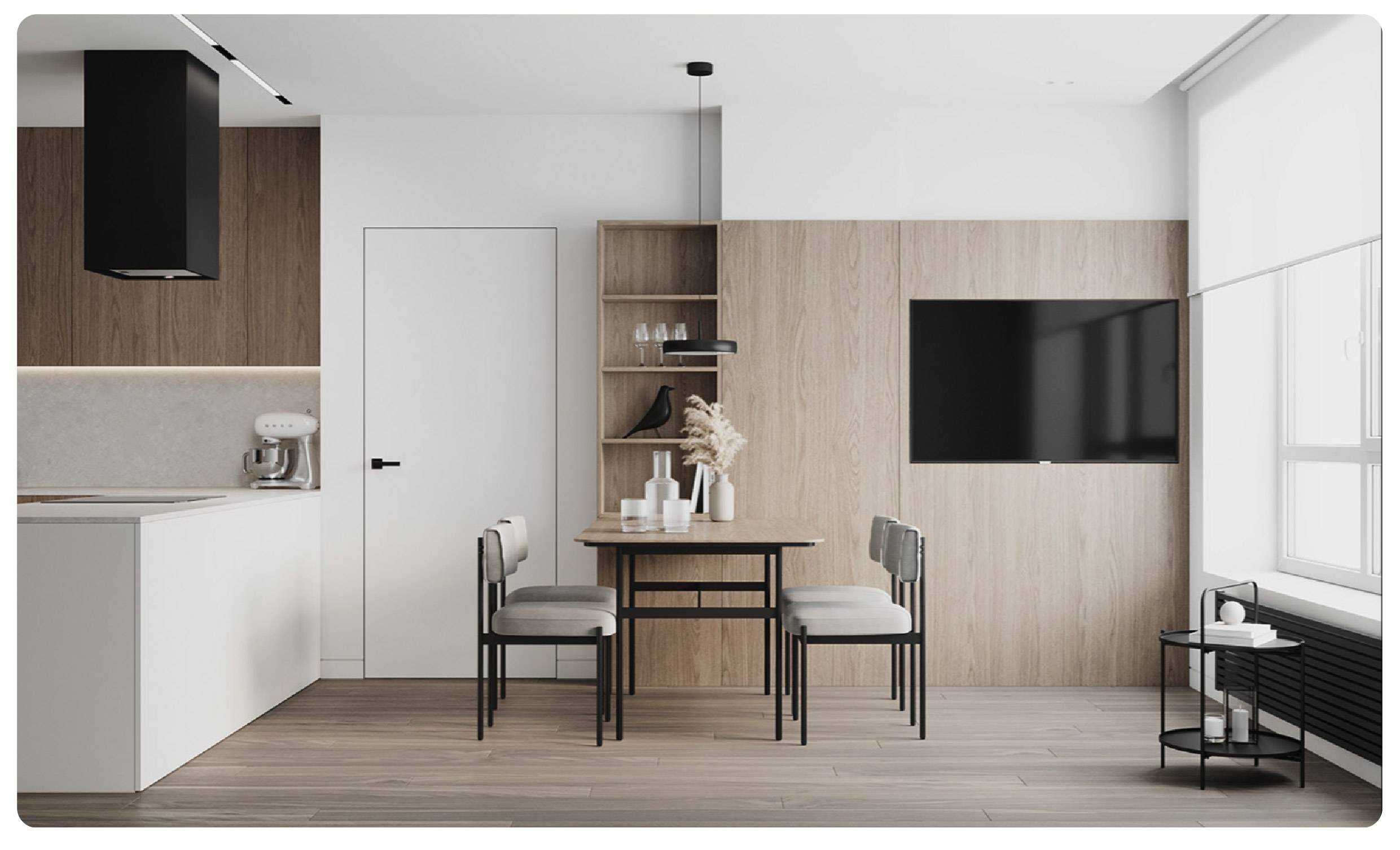 Interior film, also known as architectural film or decorative film, goes beyond mere aesthetics. It offers a practical and cost-effective way to transform surfaces and manipulate visual perception, ultimately making spaces feel larger and more open. This article delves into some ingenious design tricks using interior film to create the illusion of space
Interior film, also known as architectural film or decorative film, goes beyond mere aesthetics. It offers a practical and cost-effective way to transform surfaces and manipulate visual perception, ultimately making spaces feel larger and more open. This article delves into some ingenious design tricks using interior film to create the illusion of space
The Illusion of Depth with Textures and Patterns:
Strategic use of textured or patterned interior films can add visual interest and create a sense of depth. For instance, applying a vertical striped film to a wall can visually elongate the height of the room, making the ceiling appear higher.

Similarly, films with subtle, receding patterns can create a sense of distance, pushing the walls visually outward
Seamless Transitions with Consistent Surfaces
Visual clutter and abrupt changes in surface materials can make a space feel fragmented and smaller. Using solid-colored or subtly textured interior films on multiple surfaces, such as walls, doors, and even furniture, can create a sense of continuity and flow.
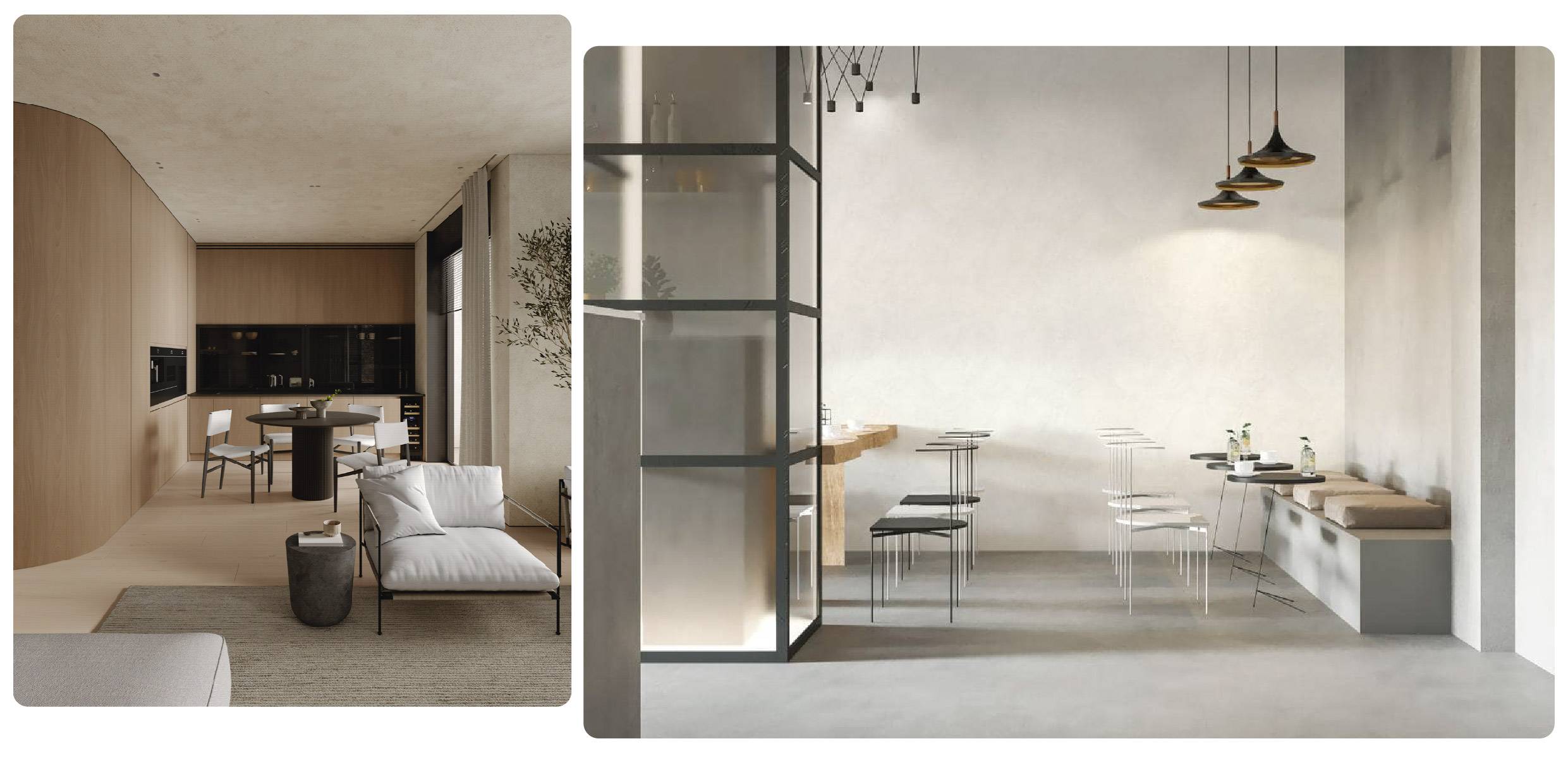 This seamless transition helps the eye travel smoothly across the space, making it feel more unified and therefore larger. Opting for light and neutral colors further enhances this effect by reflecting light and creating an open ambiance.
This seamless transition helps the eye travel smoothly across the space, making it feel more unified and therefore larger. Opting for light and neutral colors further enhances this effect by reflecting light and creating an open ambiance.
Opening Up with Faux Materials
Sometimes, the physical constraints of a space can feel limiting. Interior films that mimic the appearance of natural materials like wood, stone, or even metal can add depth and visual interest without the bulk or cost of the real materials.
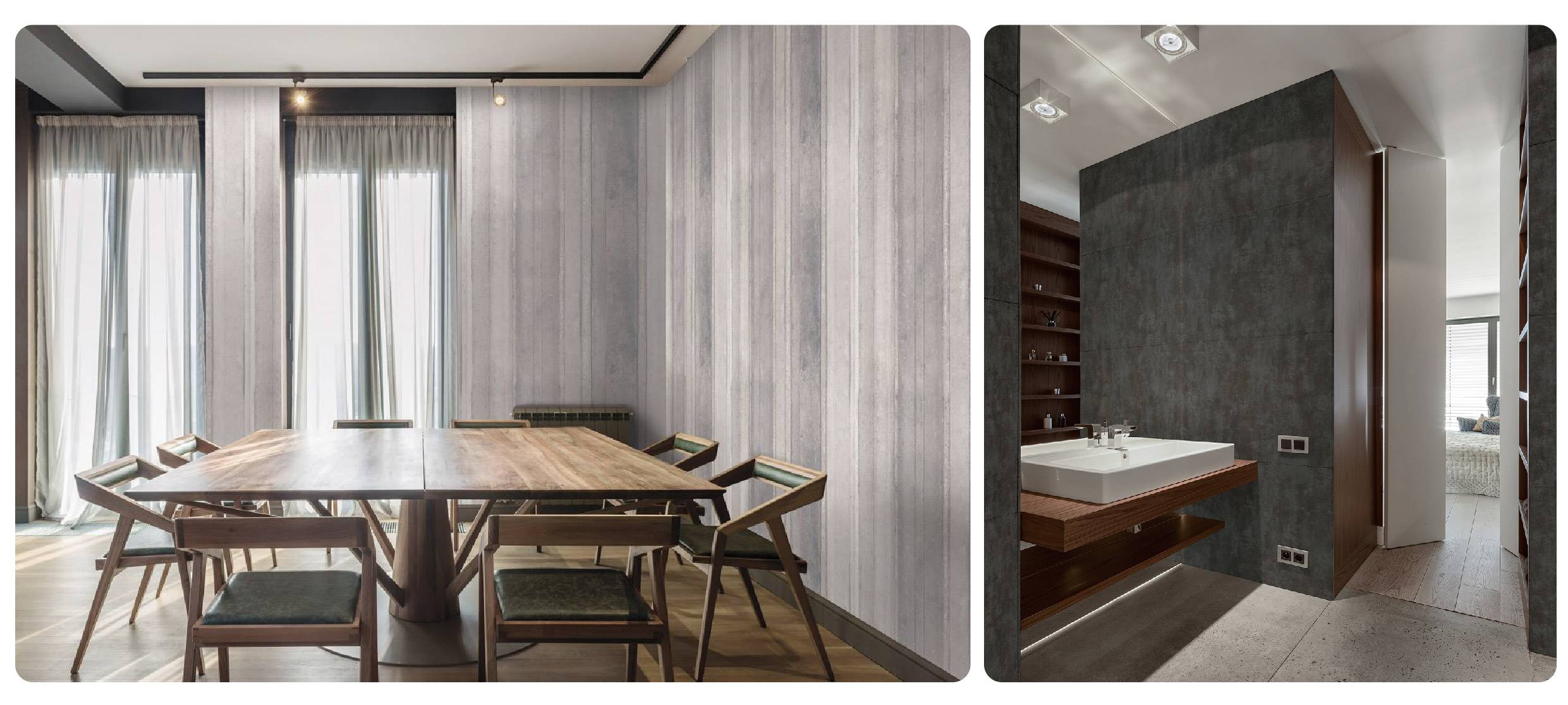 For example, a wall covered in a realistic wood grain film can add warmth and texture, making the space feel less boxy and more inviting. Similarly, a metallic film can add a touch of sophistication and reflect light, contributing to a feeling of spaciousness.
For example, a wall covered in a realistic wood grain film can add warmth and texture, making the space feel less boxy and more inviting. Similarly, a metallic film can add a touch of sophistication and reflect light, contributing to a feeling of spaciousness.
Conclusion
Creating the illusion of space is a delicate art that combines clever design choices with the right materials. Interior film offers a versatile and affordable solution to manipulate visual perception and transform compact areas into seemingly larger and more inviting spaces
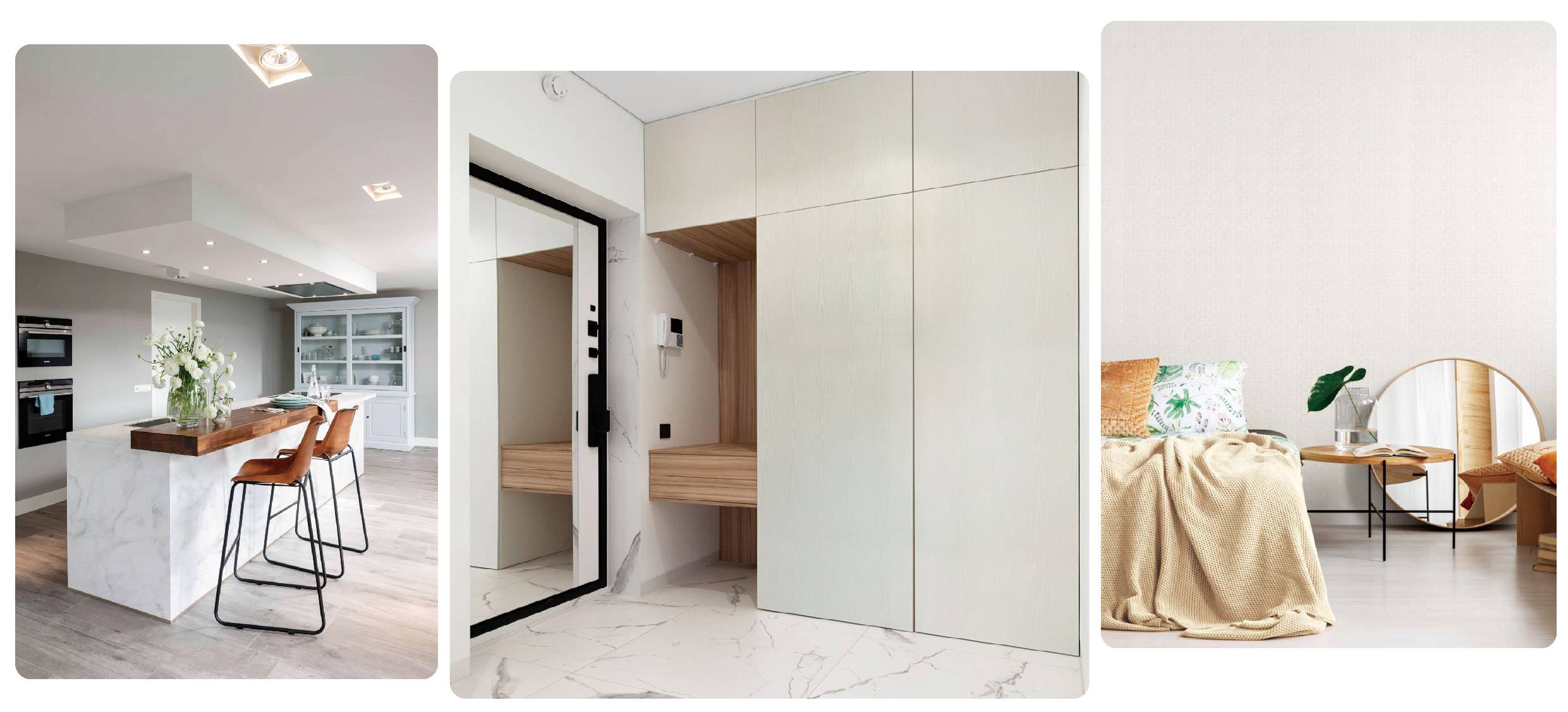
By strategically utilizing reflective, light-diffusing, textured, and faux material films, homeowners and designers in Semarang and beyond can unlock the hidden potential of their interiors and enjoy the feeling of spaciousness, regardless of the actual square footage. Embracing these design tricks with interior film can truly revolutionize how we experience and interact with our living and working environments.
![[Project] Process of Installing Door Wrapping Sticker with DeKorea](https://www.dekorea.com.sg/image/cache/catalog/2025%20BLOG%20THUMBNAIL/Lili/34Dekorea%20Thumbnail%20copy%2020-1200x750.png)
